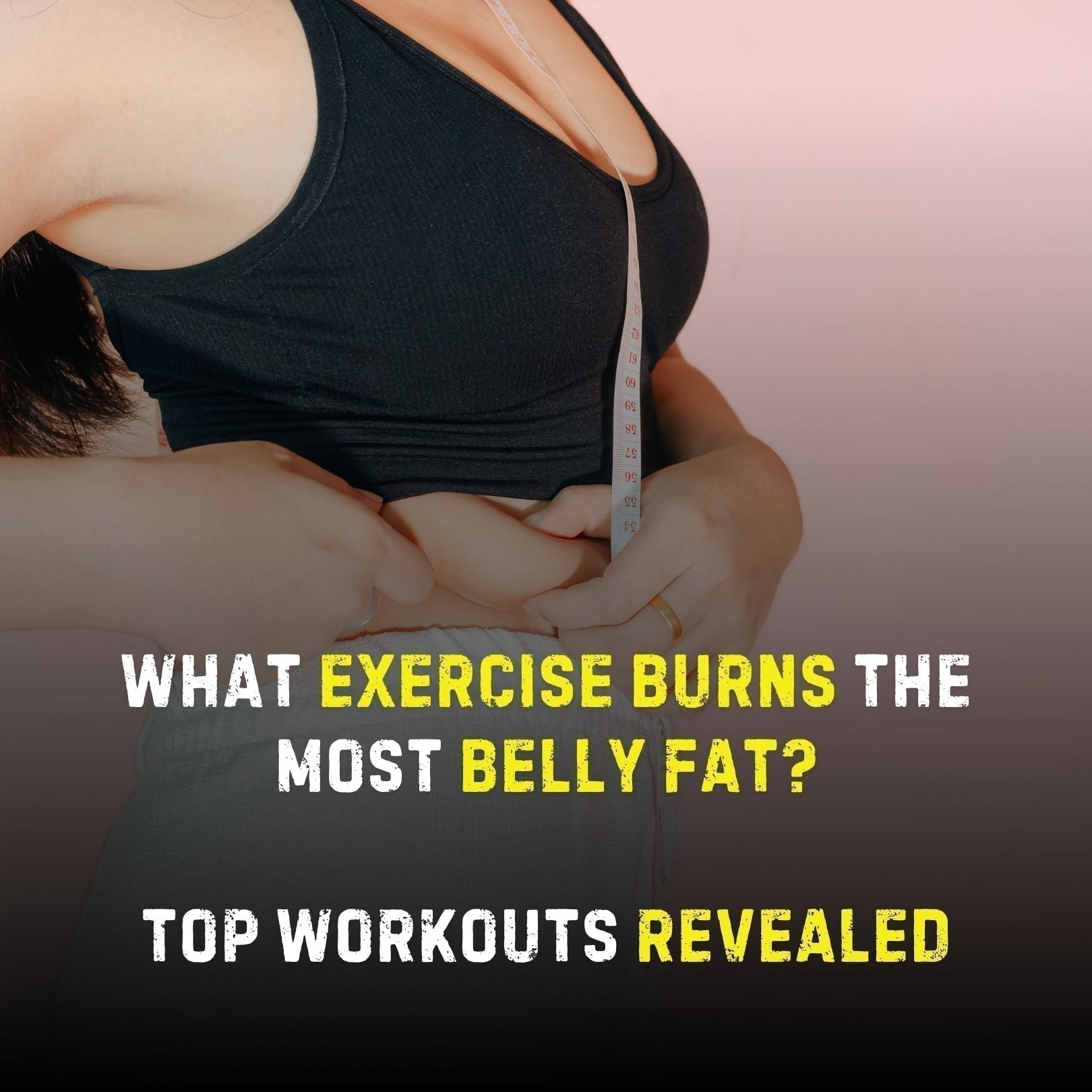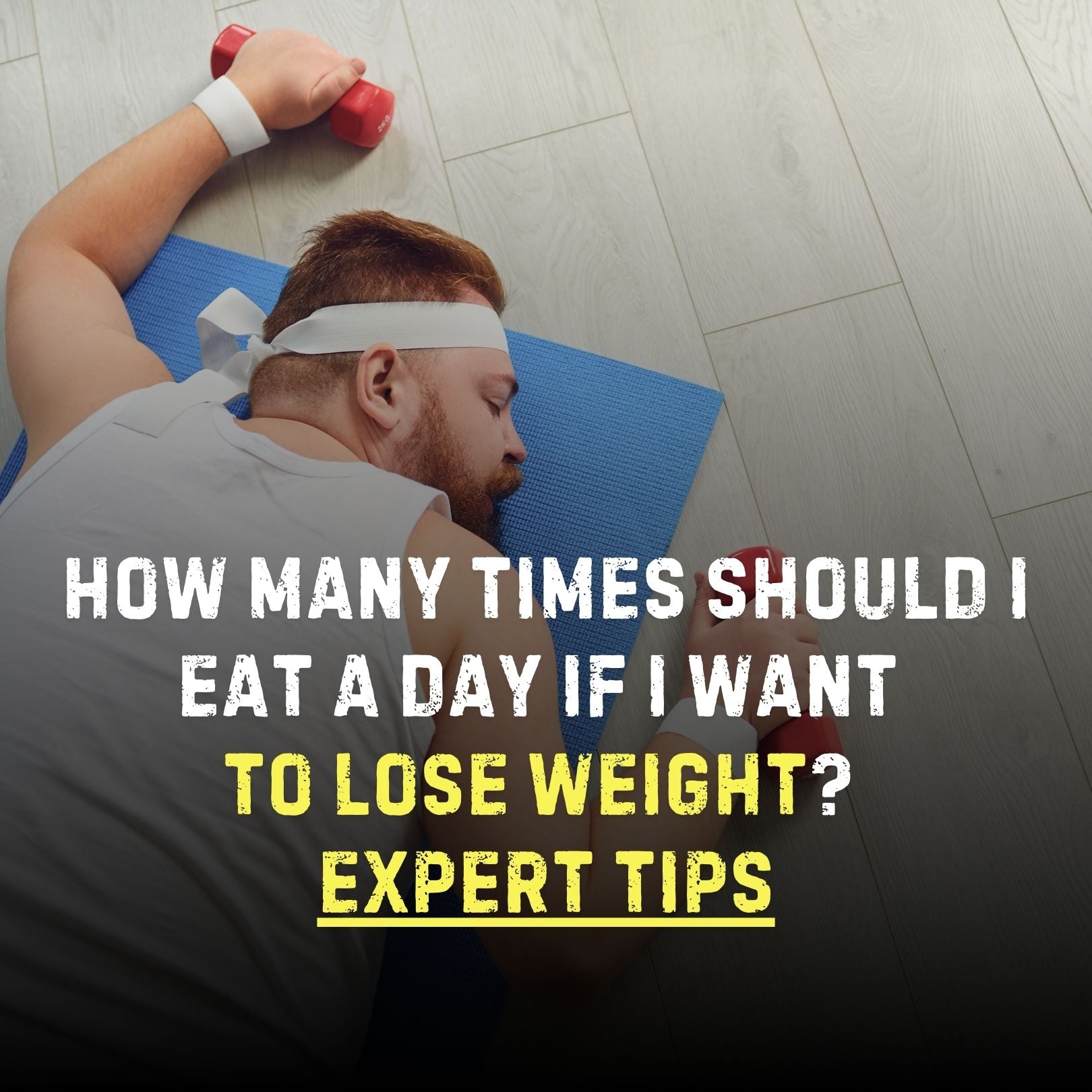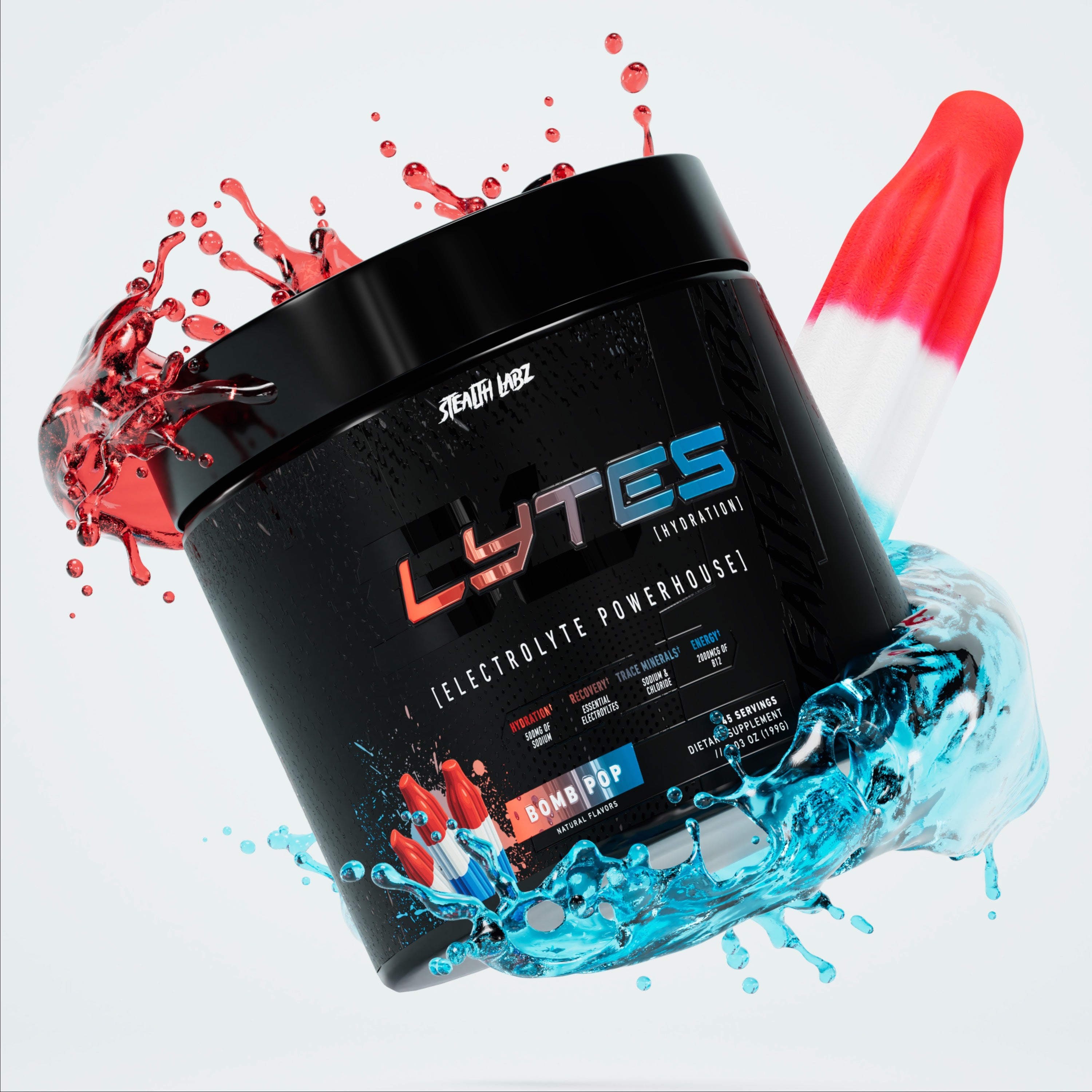
Does Running Burn Belly Fat? Proven Tips to Torch Calories
Yes, running is a powerhouse for burning fat and shedding pounds. It’s a go-to exercise for many Americans looking to lose weight and boost overall health. Running torches calories, ramps up your metabolism, and taps into fat stores for energy. But how exactly does it work? Let’s break down the science of running for fat loss and explore how you can optimize your runs to achieve your fitness goals. Whether you're aiming to slim down or improve endurance, running can be a game-changer.
Running and Calorie Burn
Running is one of the most effective ways to burn calories fast. This high-energy cardio workout not only helps you lose fat but also revs up your metabolism. The number of calories you burn depends on several factors, so let’s dive into how running fuels weight loss and what influences calorie burn.
How Running Burns Calories
When you hit the pavement, your heart rate spikes, and your body pulls energy from stored fat. This process burns calories efficiently, especially as you pick up speed or intensity. Running also builds muscle, which boosts your metabolism even when you’re chilling on the couch. After a solid run, your body keeps burning calories thanks to the afterburn effect. Pair your runs with a high-quality protein source like ISO Pro Whey Protein Isolate to support muscle recovery and maximize calorie burn.

Credit: www.mymottiv.com
Factors Affecting Calorie Burn
Your weight, pace, and terrain all impact how many calories you burn while running. Heavier runners torch more calories, while a faster pace or uphill route cranks up the burn. Cold weather can also increase energy expenditure, and longer, more frequent runs amplify results. Your fitness level matters too—fitter runners burn calories more efficiently. To enhance performance, consider Elevate BCAA/EAAs to fuel your muscles during intense sessions.
Fat Burning Mechanisms
Running isn’t just about logging miles—it’s about how your body uses energy to torch fat. Let’s unpack the key mechanisms that make running a fat-burning machine and how you can leverage them for weight loss.
Role of Aerobic Exercise
Aerobic exercise like running relies on oxygen to convert fat into energy. During a steady 30-minute jog, your body shifts from burning carbs to tapping into fat stores. This makes moderate, consistent runs ideal for fat loss. To support endurance, try Lytes to stay hydrated and maintain electrolyte balance.
Understanding Metabolism
Your metabolism is the engine that powers fat loss. Running cranks up your metabolic rate, helping you burn calories even after you’ve stopped. High-intensity intervals can give your metabolism an extra boost, torching fat faster. For an added edge, consider Surge Pre-Workout to power through high-energy runs and maximize fat-burning potential.
Intensity and Fat Loss
The intensity of your run can make or break your fat-loss goals. Whether you’re sprinting or jogging, understanding how intensity impacts fat burning is key to optimizing your routine.
High vs. Low Intensity
High-intensity running, like sprints, burns calories fast and boosts metabolism post-workout. It’s perfect for quick fat loss but can be tough on the body. Low-intensity running, like a steady jog, burns fat directly during the workout and is easier on your joints. Both have benefits, so mix them up based on your goals. For intense sessions, Shred Fat Burner can help amplify your results.
Impact on Fat Burning
High-intensity runs create an afterburn effect, burning calories even at rest, while low-intensity runs tap into fat stores during the workout. For sustained fat loss, low-intensity runs are great for beginners, while high-intensity intervals suit those chasing faster results. Experiment with both to find what works for you.
Running Techniques for Fat Loss
Not all runs are created equal. Using the right techniques can supercharge your fat-loss efforts. Here are two proven methods to help you burn fat effectively.
Interval Training Benefits
Interval training alternates between sprints and slower paces, torching calories in less time. It boosts your heart rate and metabolism, making it a killer fat-loss tool. Try 30-second sprints followed by a minute of jogging, repeated for 20 minutes. Support recovery with Elevate BCAA/EAAs to keep your muscles strong.
Steady State Running
Steady-state running involves maintaining a consistent pace for 30-60 minutes. It’s great for endurance and burns fat steadily. This approach is less intense, making it perfect for longer sessions or beginners. Stay fueled with proper hydration using Lytes.
Nutrition and Running
Running alone won’t cut it—nutrition is your secret weapon for fat loss. Pairing your runs with smart eating habits can amplify your results and keep you energized.
Dietary Influence on Fat Loss
A balanced diet with lean proteins, healthy fats, and complex carbs fuels your runs and supports fat loss. Foods like chicken, tofu, and fiber-rich veggies keep you full and energized. Stay hydrated to boost metabolism and consider ISO Pro Whey Protein Isolate for muscle recovery post-run.
Timing Meals Around Runs
Eat a light snack, like a banana or toast with peanut butter, 30-60 minutes before running to fuel up without feeling heavy. Post-run, refuel within 30 minutes with a protein shake or a carb-protein combo to aid recovery. For an extra fat-burning boost, try Shred to support your weight-loss goals.
Common Myths and Misconceptions
Running for fat loss comes with its share of myths. Let’s debunk the biggest ones to keep you on track for success.
Spot Reduction Myth
Think running will melt belly fat alone? Nope. Running burns calories for overall fat loss, but your body decides where the fat comes off. Focus on total-body fitness and a calorie deficit for real results.
Running and Muscle Loss
Worried running will make you lose muscle? Not if you balance it with strength training and a protein-rich diet. Incorporate ISO Pro Whey Protein Isolate to preserve muscle while shedding fat.

Credit: www.runnersworld.com
Frequently Asked Questions
Can you lose belly fat by running?
Yes, running burns calories and reduces overall body fat, including belly fat. Pair it with a balanced diet and supplements like Shred Fat Burner for better results. Consistency is key, as spot reduction isn’t possible.
Can I lose weight by running 30 minutes a day?
Absolutely! Running 30 minutes daily burns calories and supports weight loss when paired with a calorie deficit. Enhance recovery with Elevate BCAA/EAAs.
Which body part loses fat first?
Fat loss varies, but areas like the face and arms often show changes first. Genetics play a role, so focus on overall fat loss with running and a balanced diet.
How long should I run to burn fat effectively?
Run 30-60 minutes, three to five times a week, mixing moderate and high-intensity intervals. Support your runs with Surge Pre-Workout for extra energy.
Is running better than walking for fat loss?
Yes, running burns more calories per minute than walking, leading to faster fat loss. Boost your runs with Shred for enhanced fat-burning.
Can running alone help with weight loss?
Running helps, but combining it with a balanced diet and supplements like ISO Pro Whey Protein Isolate maximizes weight-loss results.
Conclusion
Running is a proven way to burn fat, boost metabolism, and improve your health. Start slow, stay consistent, and pair your runs with a balanced diet for the best results. Listen to your body, rest when needed, and consider adding supplements like Shred to support your fat-loss journey. Ready to hit the ground running? Lace up and start your path to a fitter you!






Leave a comment
This site is protected by hCaptcha and the hCaptcha Privacy Policy and Terms of Service apply.